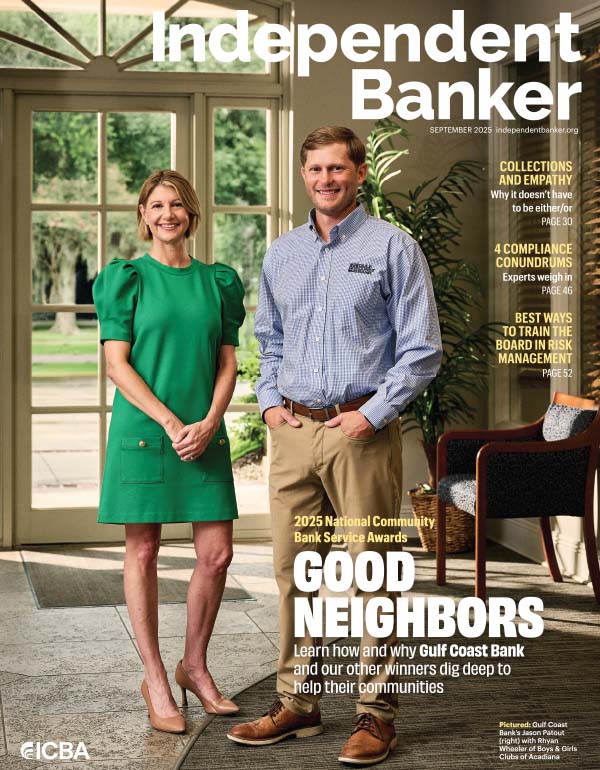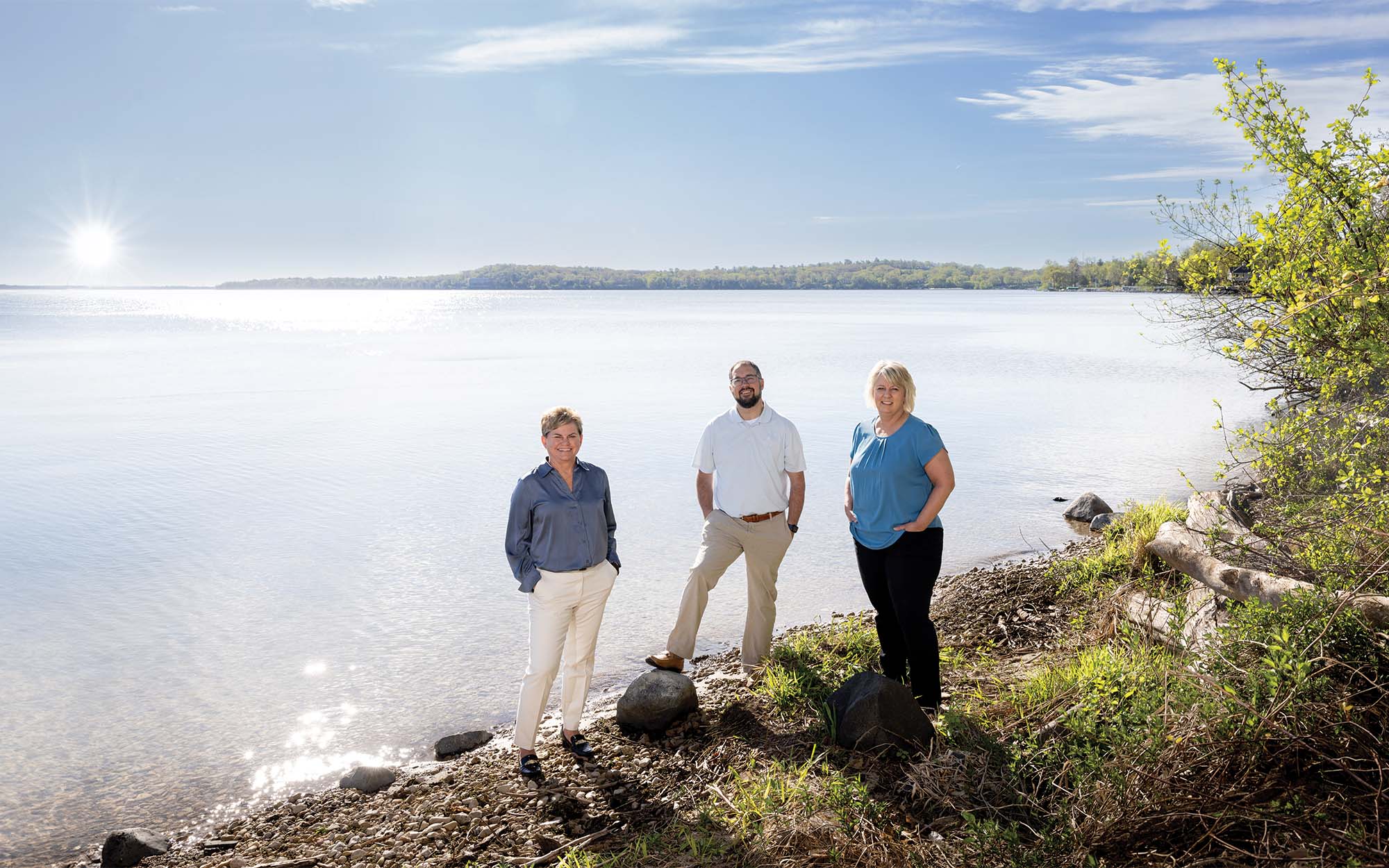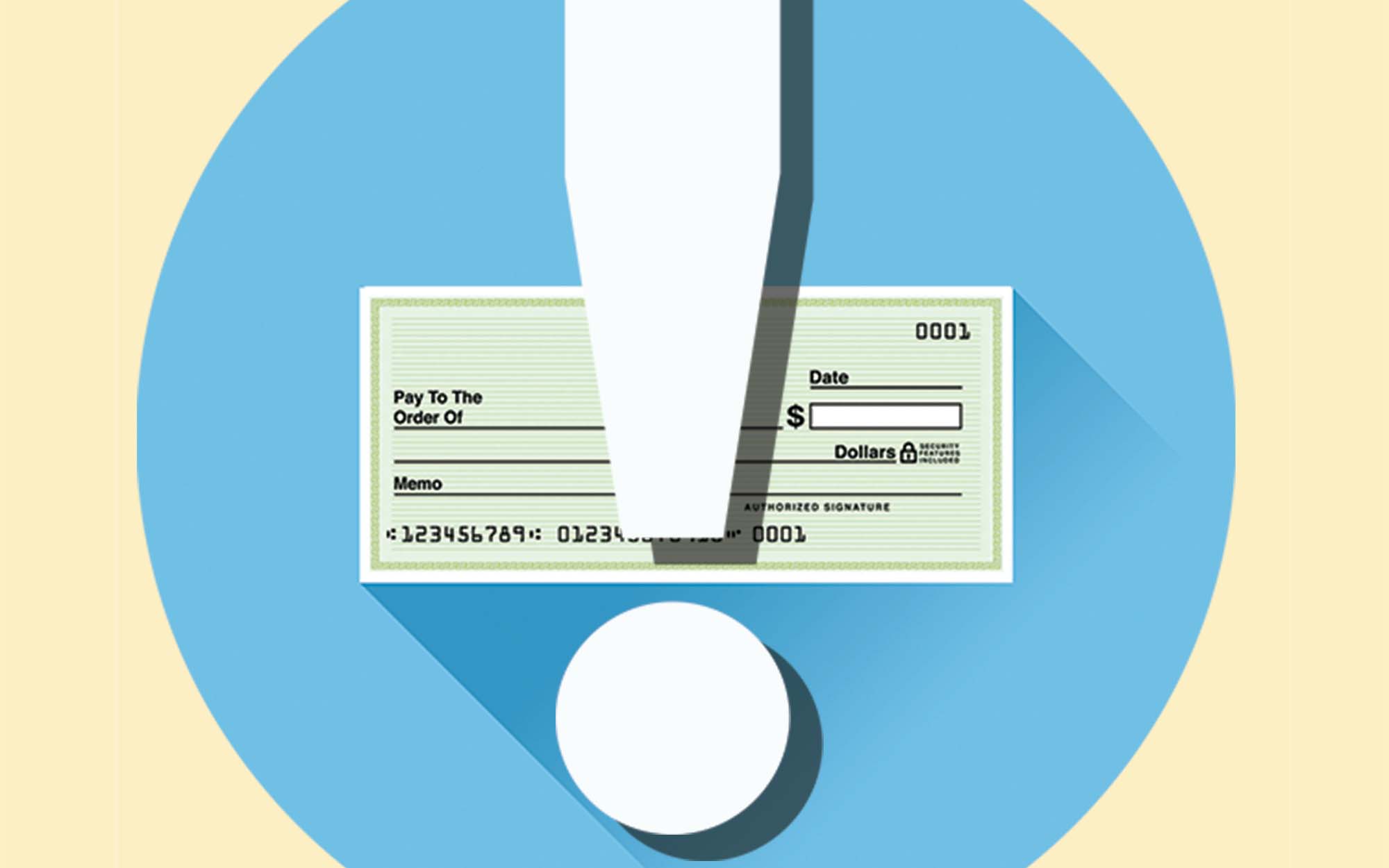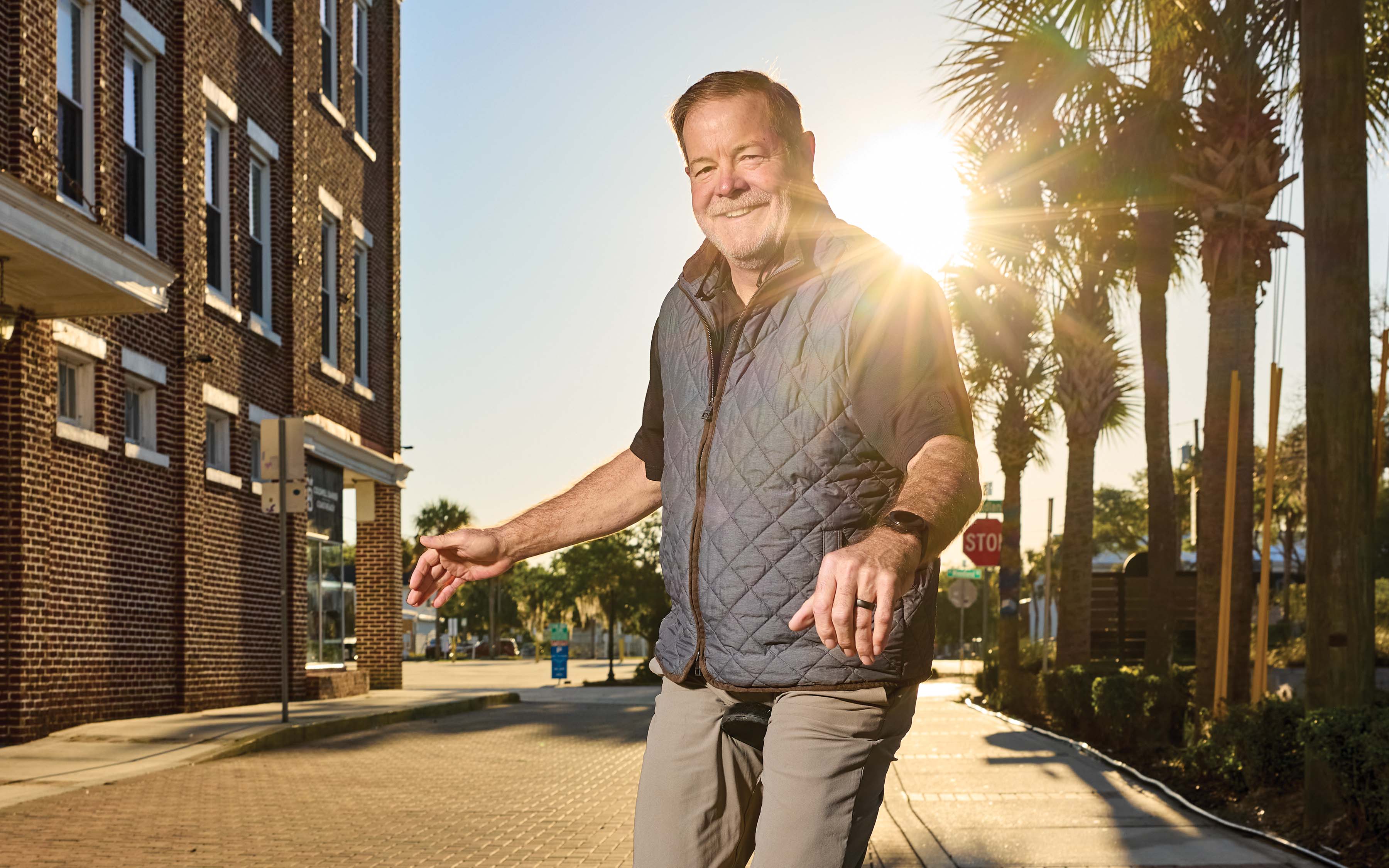New York’s Finger Lakes region is a recreational powerhouse, boasting hundreds of hiking and biking trails, kayaking adventures, wineries and other outdoor diversions surrounding 11 lakes. It’s within six hours of New York City, Boston, Philadelphia and other major east coast cities, so financing vacation homes in the region is an important business for Genesee Regional Bank in Rochester, N.Y.
“The second-home market around the Finger Lakes has continued to be very strong,” says Michael Pulver, senior vice president and director of business development for the $1.1 billion-asset bank. “When houses come on the market, they typically go very fast. And prices really have appreciated for the past three to four years. So, the demand is high, supply is low, and that trend, which started a few years ago, is really just continuing into 2024.”
Financing consumers’ summer lake vacation needs—whether that’s waterfront real estate, boats or recreational vehicles—is an evergreen market for many community banks. The business of lending money for pleasure purchases rises and falls with the economy to some extent, but summer getaways are a perennial desire. Many people turn to their community banks to make it happen.
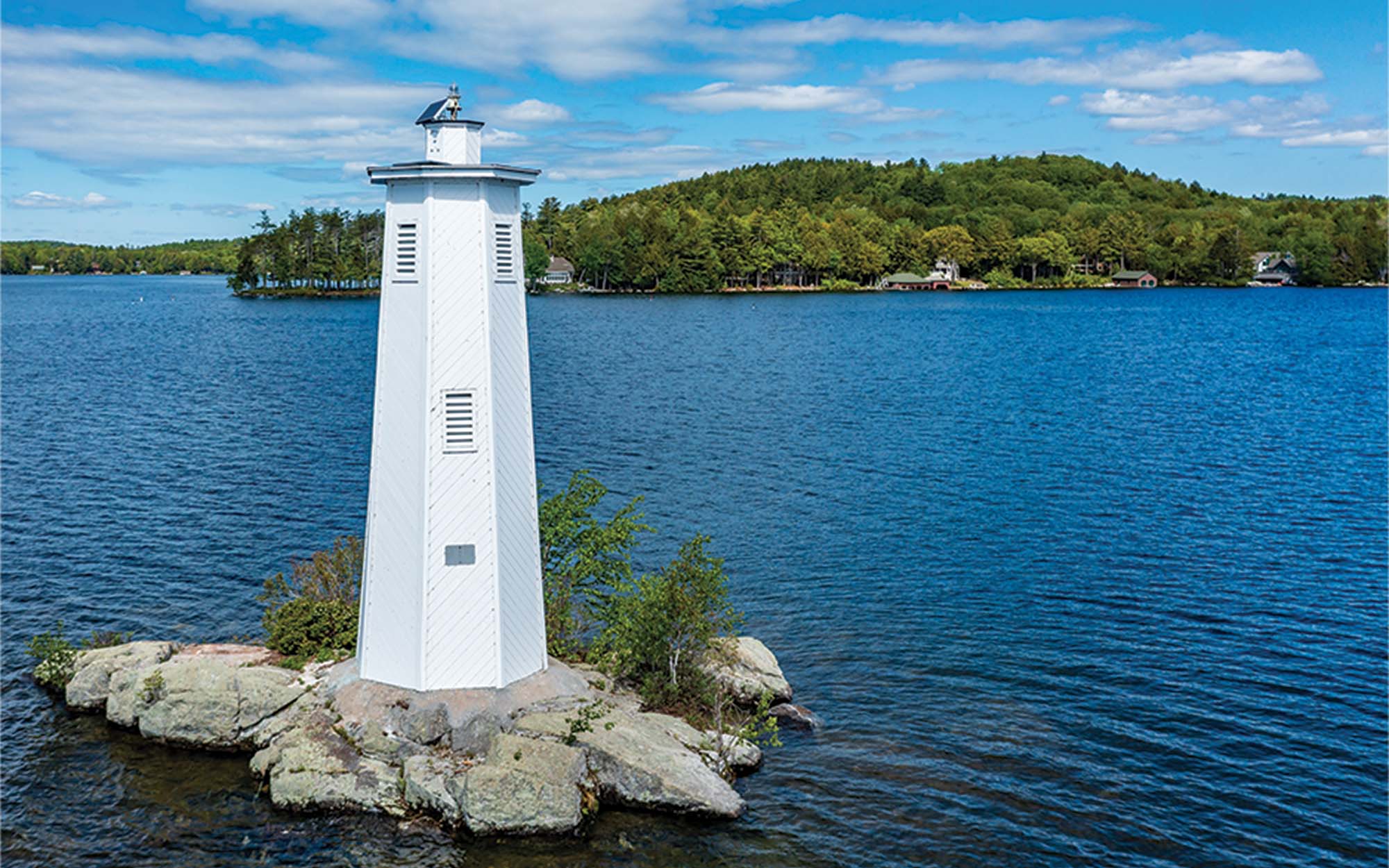
Lakefront living
When people think about Wisconsin, lakefront living usually comes to their minds. Capitol Bank in Madison, Wis., finances vacation property for numerous customers, says Amy Gile‑Enge, senior vice president, mortgage lending for the $590 million‑asset community bank.
“Lake properties are very common in Wisconsin as second homes,” she says. “We have done quite a bit of financing for second homes around the Minocqua and Eagle River area. Door County has been a very attractive place for second homes, too.”
While many markets were negatively affected by COVID safety protocols, the lakefront property remained strong as people sought refuge in more remote areas, where they could enjoy nature while practicing self-isolation.
The pandemic also spurred an increase in people working from home. “In 2020 and 2021, with people able to work remote, the demand for second homes definitely increased,” Gile-Enge says. “People could travel to their vacation home and enjoy relaxation while still working. Since then, the demand has slowed a bit, but I think Wisconsin is still a hot spot for vacation homes.”

The business of vacations
Not all vacation-related lending is direct with consumers, of course. Commercial borrowers can also get in on the summer fun.
For example, $142 million-asset Rocky Mountain Bank & Trust, which has locations in Florence and Colorado Springs, Colo., counts an RV storage facility as one of its commercial loan customers. It also receives inquiries from others, reports Daniel Frasier, president of the bank. These facilities range from simple secure parking lots to elaborate facilities with power washes and septic dumps.
“There’s a huge need right now for RV storage, and in my career, I have looked at a lot of credits that were for RV storage,” Frasier says. “When we look at these, we look at a feasibility study that looks at how many RVs are out there, how many lots or storage facilities are within a five-mile radius, and what their overall vacancy is.”
Naturally, hotels are also a major vacation-related market for many community banks. Genesee Regional Bank, located near the Finger Lakes region of New York, has hotels among its lending clients, says Michael Pulver, senior vice president and director of business development.
“Finger Lakes is a vacation area where people come in the summertime, fall and the spring because of all the wineries [and the water],” Pulver says. “And then in the winter, people ski. So, the hotels in this area typically do well, because there’s something for everybody.”
Attracting out-of-towners
Mark Pitkin, president and CEO of $393 million-asset Sugar River Bank in Newport, N.H., says many people seeking vacation homes near Lake Sunapee and other nearby recreational areas come from outside the state, which can present an administrative challenge.
Handling a mortgage application from an out-of-state buyer can be virtually the same as dealing with someone local, though Pitkin has learned that having a robust electronic application and closing process is essential.
“The borrowers purchasing vacation homes in our market areas prefer financing them with a local community bank that best understands the market and available inventory,” Pitkin says. “They also appreciate having a relationship with local bankers who can assist them with other needs, including local deposits, and even local vendor recommendations and activities.”
Financing a vacation home is essentially the same as financing primary residences. The only exception is that the underwriter needs to consider the payments the buyer is already making on their primary residence mortgage and any other expenses related to that real estate, such as taxes, insurance and homeowners’ association dues.
In addition, a buyer of a second home typically needs to put down at least 10% if the mortgage will be through Fannie Mae or Freddie Mac. The interest rate on the loan may be a bit higher, too.
“There was a point that the second home rates were the same as those for primary home rates,” Gile-Enge explains. “About two years ago, Fannie Mae and Freddie Mac added LLPAs [loan-level price adjustments] for second homes, making the rates higher than a primary residence and lining up with the rates of investment properties.”
However, on the plus side of the ledger is the fact that second-home buyers often have better credit than first-home buyers.
“Typically, we do find that people that are buying a second home already own a home, their employment history is typically much longer, very stable, and they typically have accrued some level of retirement savings,” Pulver says. “So, by and large, second home borrowers are typically very strong; they have higher credit scores than we would find in other types of transactions.”
“The ability to buy or sell a car [is much greater]; the need for that type of transportation outweighs a recreational-type asset such as a boat or an RV.”—Gary Lewis, Jack Henry
Watercraft opportunities
People buying or visiting waterfront homes don’t just sit on the beach and watch the waves. They often want to get on the water itself, and that means buying a boat or other watercraft. Consequently, boat financing is good business for many community banks near recreational bodies of water.
Frost Bank, a $51 billion-asset community bank in San Antonio, Texas, has locations throughout the state’s metro areas. While those cities may not be known for water access, Frost Bank customers do enjoy boating on many lakes and rivers, including the Colorado River in Austin and the lakes created by dams on that river, such as Lake Travis and Lake Austin.
Frost offers boat financing for many customers, primarily those in private banking, says Robert Malina, senior vice president of private banking. The bank lends to buyers of new boats—up to and including multimillion-dollar yachts—and used boats up to about $100,000 in value. The down payment on a boat is typically 20% and terms can stretch to 120 months.
Malina explains that boat dealers usually offer some financing themselves, but Frost is competitive with those options.
“Most of the time, Frost Bank is going to be on our customers’ radar for financing, or vice versa,” he says. “So, when they go to the table to negotiate, they’re going to let the dealer know that they already have their financing in place, and they can negotiate the sales price and get everything taken care of.”
Vacations on wheels
Recreational vehicles are another vacation-related purchase that many community banks finance. A towable RV makes a summer-long road trip a lot easier, but they can easily reach $100,000, and motorhomes can climb many times higher—making financing essential for most people.
RV lending differs from regular car lending and even boat lending. For example, the resale opportunities for RVs are pretty slim, explains Gary Lewis, senior managing director of lending and deposit solutions for financial technology provider Jack Henry.
“The ability to buy or sell a car [is much greater]; the need for that type of transportation outweighs a recreational-type asset such as a boat or an RV,” Lewis says. “Those are historically purely for pleasure, as opposed to a necessity of a car for operating your daily work‑life functionality.”
The consequence of that is some lenders fear that the borrower will be more likely to stop making RV payments than they would car payments during tough times.
Another difference with RVs is that these vehicles depreciate more quickly than regular cars or boats, making them less valuable as security for the loan. Lewis, who is an RV owner himself, describes driving an RV like “going through a hurricane. I mean, you’re driving 70 miles an hour down the road on a manufactured house on a set of wheels.”
But, Lewis adds, the credit analysis with an RV is the same as with any loan: If a person has great credit, history and character, a community bank will likely extend the loan opportunity for an RV despite the slightly increased risk.
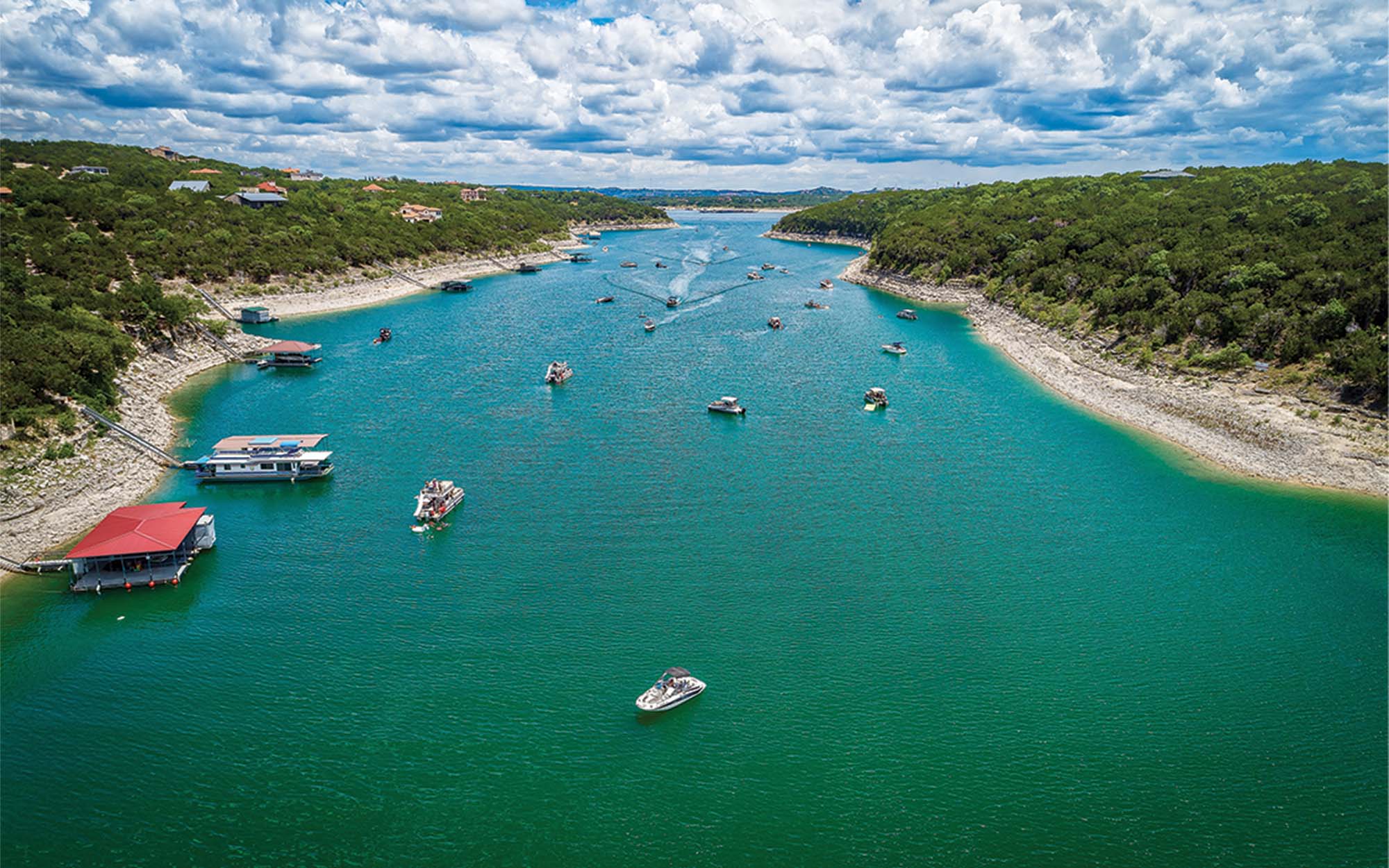
Streamlining lake lending
Chet Heughan, senior director of indirect lending solutions for AppOne, explains that community banks can serve the boat, RV and powersports market through its platform, which connects dealers to banks. The app integrates the dealers’ management software with the banks’ lending system, making everything seamless to the buyers.
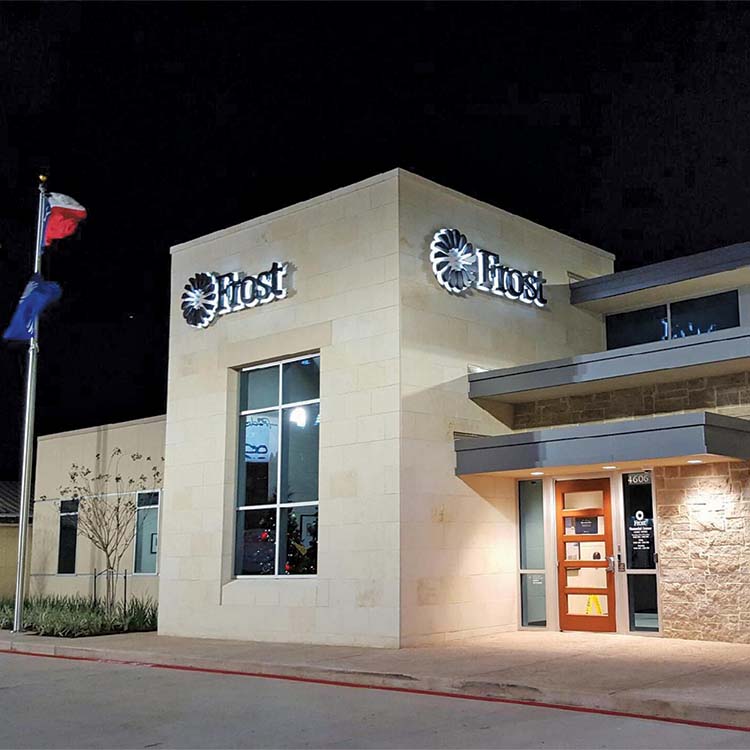
“The lender receives that application, and they underwrite it with their own process,” Heughan explains. “Once they’re done with their underwriting, they submit a decision back through the AppOne portal, where the dealer can then view it and they’ll show the buyer the loan terms and other info. Basically, the dealer can push one button and the app pulls together all of the lender-specific, state-specific and product-specific documents needed to complete that loan package.”
Another option for a community bank is to connect with a finance service company already using AppOne, Heughan says. This allows the bank to participate in the RV and boat lending market without expanding staff or adding too much technology.
A potentially profitable niche
Overall, lending for boats and RVs can be a profitable niche for community banks. And because captive lenders are less common among boat and RV manufacturers, Heughan says, there is less competition at boat and RV dealerships than at car dealerships.
“Since you don’t have that competition with the subvented rates, generally you get a higher yield on this business,” Heughan explains. “You have a little bit longer term, the asset size is a little bit higher and usually the credit quality of your customers is better, because you’re underwriting this more as a luxury, not a necessity.”
As people continue to flock to the shores every summer, vacation- and lake-related lending will remain a fresh, busy market that community banks can hang their sun hats on.
Inflation cuts into the market
Vacation-related asset purchases are evergreen because people always feel the need to get away, but that doesn’t mean those purchases aren’t affected by inflationary interest rates.
Robert Malina, senior vice president of private banking at Frost Bank in San Antonio, Texas, says he has observed higher interest rates eating into demand for boats and RVs.
“Having higher rates means that some people just can’t qualify where they were able to before. So that’s an element of decreased demand in that people just can’t afford the payments,” Malina says.
“In terms of actually decreasing the desire to get a boat, the rates haven’t decreased that,” he notes. “It’s just you’re biting off a little bit more debt risk than you were in the past. When the rates were in the threes, nobody was really batting an eye, because for all intents and purposes, it was kind of free money. But [the higher rates] have kind of extinguished some of the demand.”
As far as lakefront real estate, higher interest rates may not have diminished overall demand, but they have prompted some buyers to avoid borrowing to pay for the home, says Mark Pitkin, president and CEO of Sugar River Bank in Newport, N.H.
“Competition can come from the borrower who is purchasing a second home with cash and does not want or need to finance the purchase,” Pitkin explains. “Following the recent spikes in interest rates, this is much more prevalent than in the past.”

